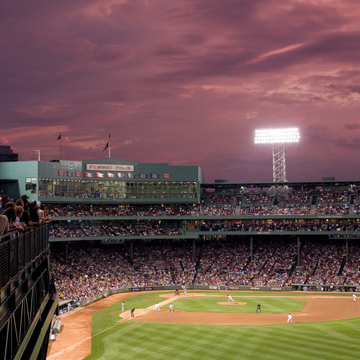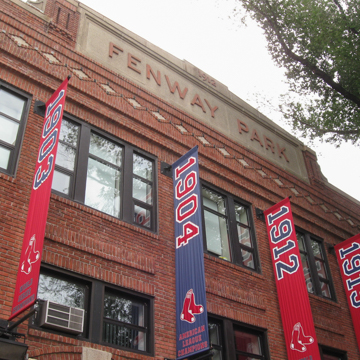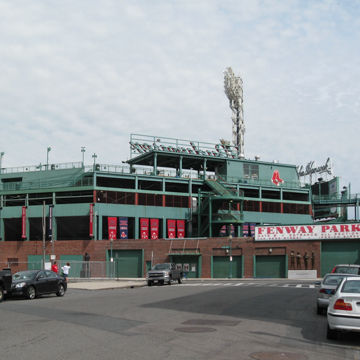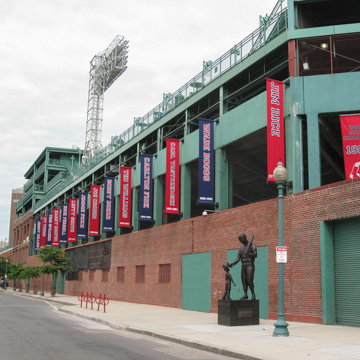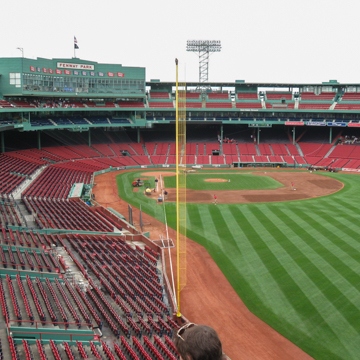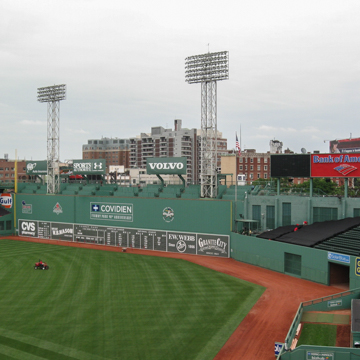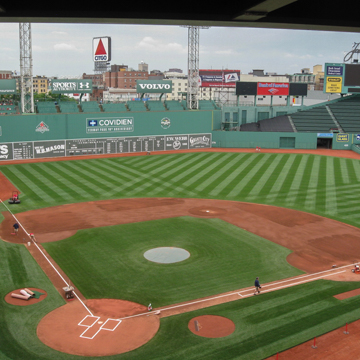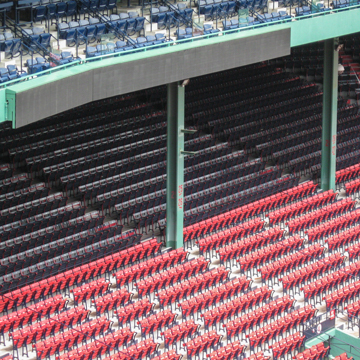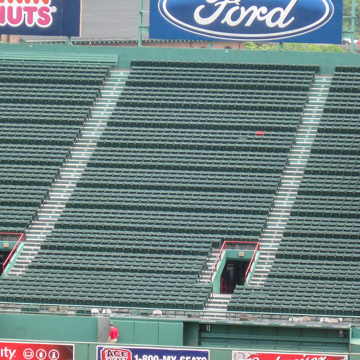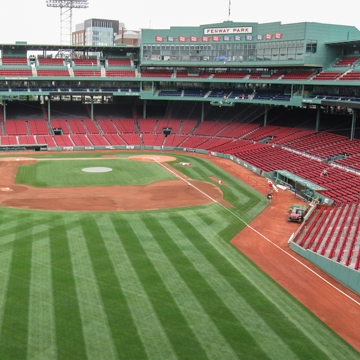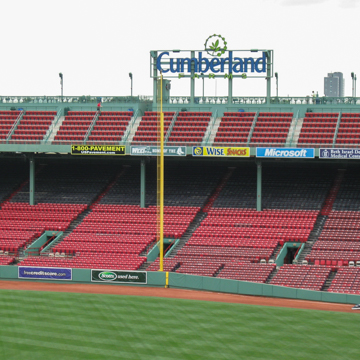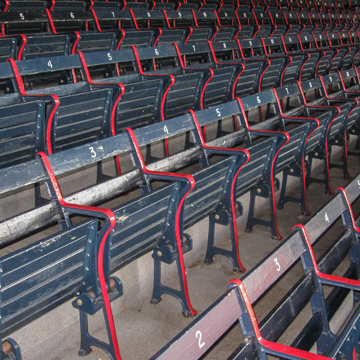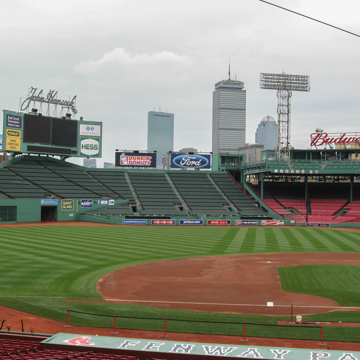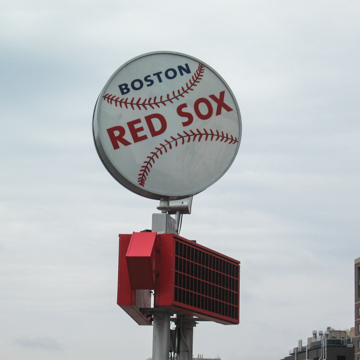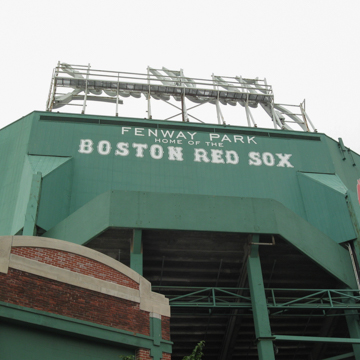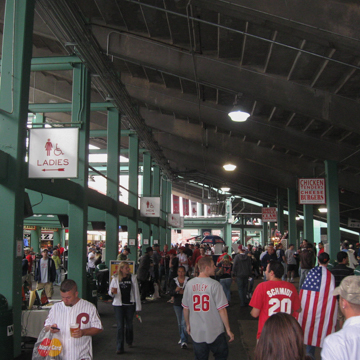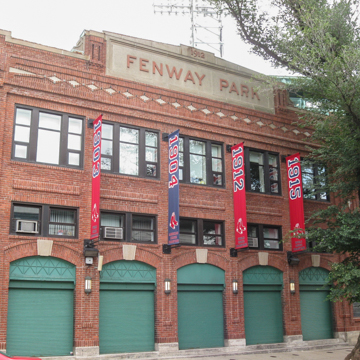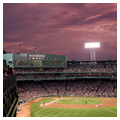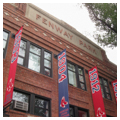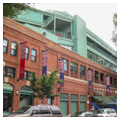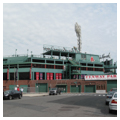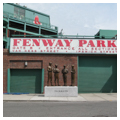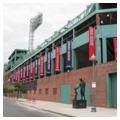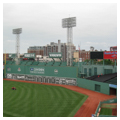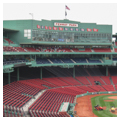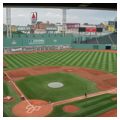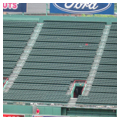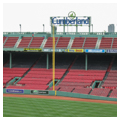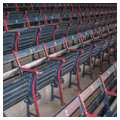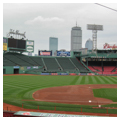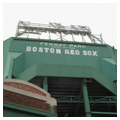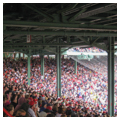The oldest and smallest baseball stadium in the major leagues, Fenway Park pulses with the heartbeat of the city. The Red Sox opened their first season here by winning the World Series, until recently a rare feat in the history of Boston professional baseball. Osborn Engineering Co. established their reputation as designers of sports facilities at Fenway, later adding Yankee Stadium in New York (to be replaced in 2009) and Lakefront Stadium in Cleveland (replaced by Jacobs Field in 1994). With a seating capacity of fewer than 34,000, Fenway Park was seen by its former owners as a financial liability, and its future was in doubt for several years. The new owners, however, consider the
You are here
Fenway Park
1912, John McLaughlin, Osborn Engineering Co. 1933–1934, Osborn Engineering Co., 1982–1983; 1988; 2002–, Janet Marie Smith. 4 Yawkey Way.
If SAH Archipedia has been useful to you, please consider supporting it.
SAH Archipedia tells the story of the United States through its buildings, landscapes, and cities. This freely available resource empowers the public with authoritative knowledge that deepens their understanding and appreciation of the built environment. But the Society of Architectural Historians, which created SAH Archipedia with University of Virginia Press, needs your support to maintain the high-caliber research, writing, photography, cartography, editing, design, and programming that make SAH Archipedia a trusted online resource available to all who value the history of place, heritage tourism, and learning.


